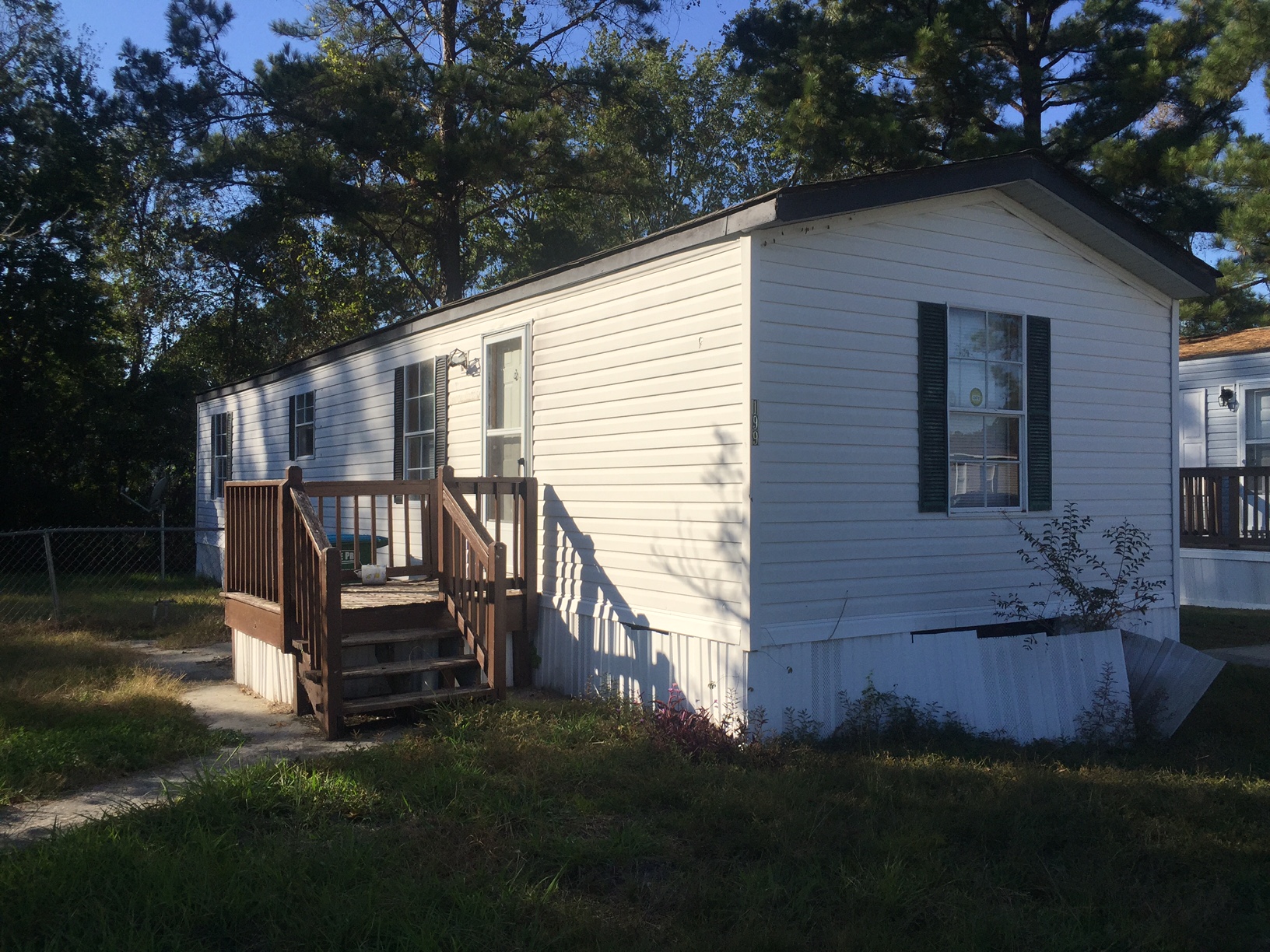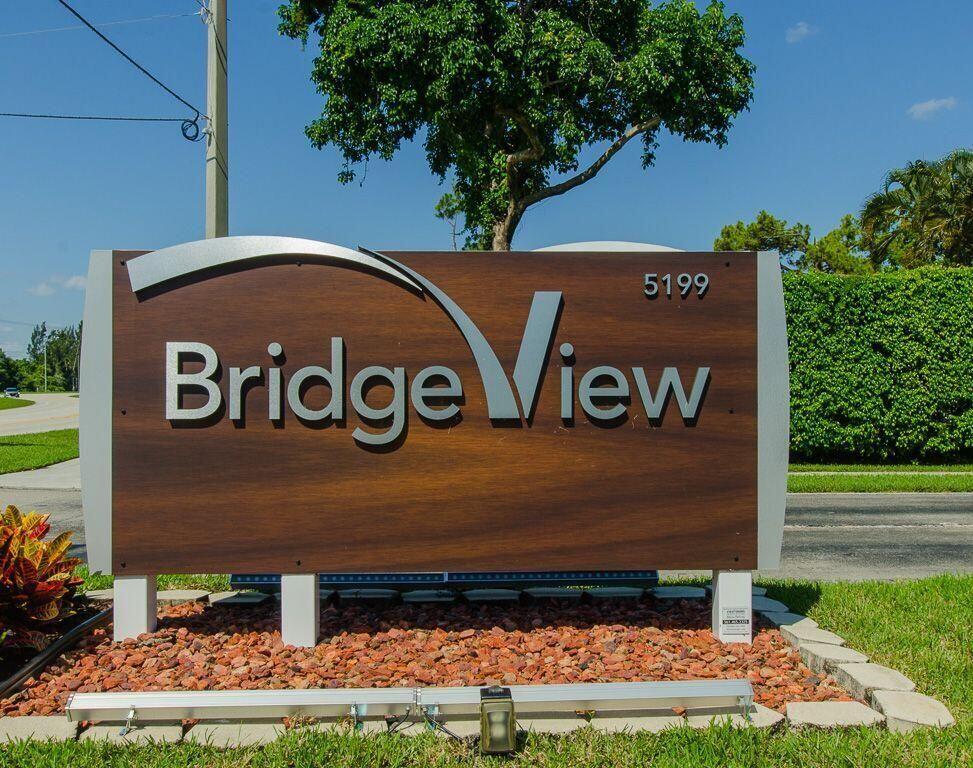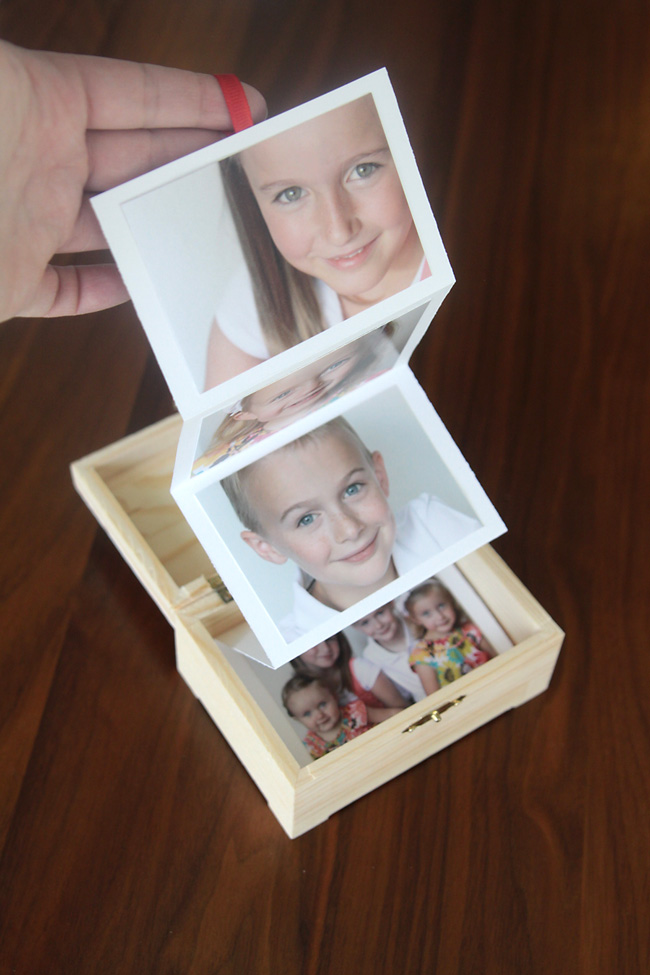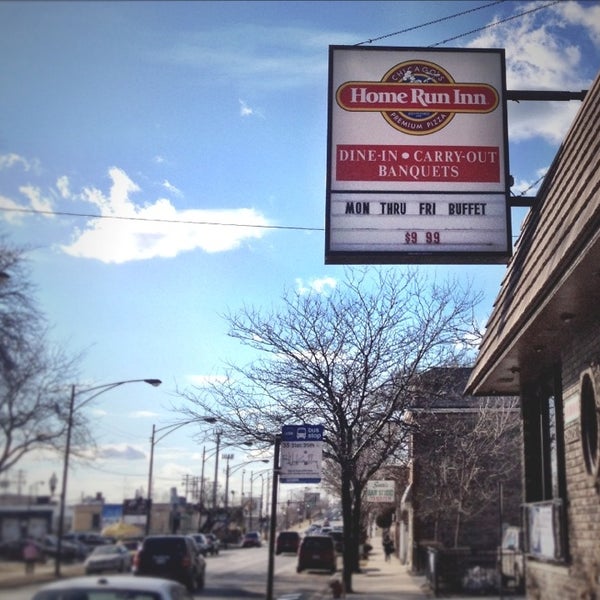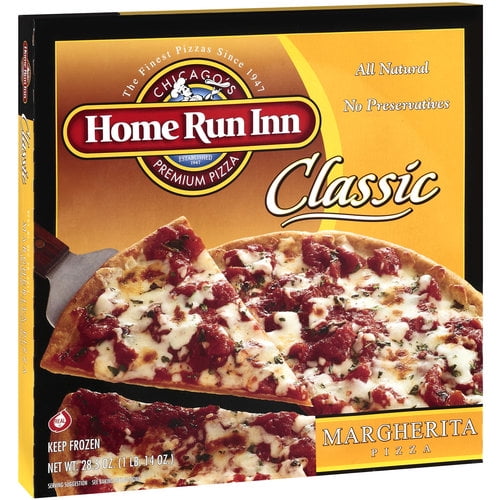Table of Content
Alice’s father grew up in an orphanage after his mother died before his first birthday. His Irish identity was his only link to his past, and his children even had the Irish ballad “Danny Boy” played at his funeral. Both baby boys never knew of the mix up or the truth about their actual ancestry. Eventually, her paternal cousin’s ancestry account alerted that a new relative had been added. The family was able to speak with the relative and unravel the truth. Alice’s father was indeed switched at birth with the newborn son of Irish immigrants.
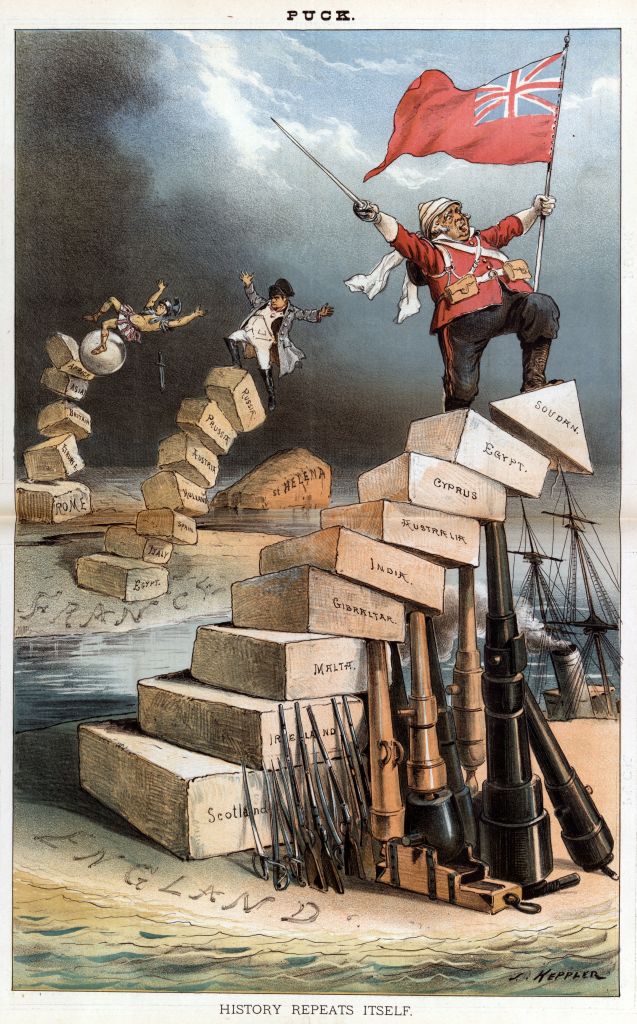
National Library of Medicine, these kits are valuable because the data can be added to a large database to help advance medical research. You can view your results online or in the app, plus use either platform to build your family tree, reach out to relatives , view “hints” about your lineage to help expand your tree, and more. In addition to providing a clear breakdown of your genetic disease risk, you will receive a complimentary one-hour genetic counseling session once you receive your results. However, that federal law doesn’t apply to life insurance, long-term care insurance, or disability insurance. These types of insurance providers can charge higher premiums or even decline to issue you a policy if your genes suggest you’re at high risk of particular diseases. Many people find out for the first time that one of their parents isn’t actually their biological parent on the day they get their test results back.
Best for Exploring DNA and Health Data
A person simply opted-in to matching with relatives, and half-siblings or unknown cousins appeared. When you sign up for an account with any of the DNA testing companies we reviewed, all ask if you want to permit the company to use your DNA for scientific research. This is completely optional, and you can receive your results about ethnicity regardless. However, these companies may share some anonymized information with “service providers” or marketing partners to pinpoint advertisements based on your interests to further market to you. To take the DNA test, a person must order a kit online and provide a cheek-swab sample.
Though based on meticulous research, the information we share does not constitute legal or professional advice or forecast, and should not be treated as such. For ancestry tests, your results can vary based on the type of test you take and what set of genes a service sequences. For health-related tests, keep in mind that most DNA testing providers only sequence a tiny subset of genes related to conditions like cancer and that your genes are just one risk factor out of many. Many genetic testing services offer analysis portals where you can dig deeper into your ancestry or even find close relatives.
Ordering Your At-Home DNA Test Kit
You may just want to see your ethnicity results without being bombarded with messages from third cousins. For example, Kirkpatrick does not recommend reaching out immediately, unless you're fairly certain that your efforts will be happily received. You may even want to speak with other relatives to garner more details, especially if your family has a history of poor communication or other dysfunction. Even a parent-to-child match might not be 100% accurate if that parent has an identical twin . But while the relationship described by the site might not be reality, the fact that two people are found to be genetically related is. A few companies cater to unearthing DNA roots on other continents, such as African Ancestry.
Note that DNA testing isn't the only kind of kit that collects physical evidence from you these days. The service evaluates your microbiome—basically the bacteria that live in and on you. In our review, we took its gut biome test, which required our intrepid reviewer to send in a poop sample . The 23andMe shipping issues resulted in part because when the company first launched, it tested for a litany of health issues and genetic markers for disease, raising concerns from the FDA and state agencies.
More specifically, Munster Irish.
Medical News Today has strict sourcing guidelines and draws only from peer-reviewed studies, academic research institutions, and medical journals and associations. We link primary sources — including studies, scientific references, and statistics — within each article and also list them in the resources section at the bottom of our articles. You can learn more about how we ensure our content is accurate and current by reading our editorial policy. Talking with a doctor or genetic counselor can help people understand their results and put any genetic risks into perspective. A person can use DNA tests to get personalized information about their risk of certain diseases, their traits, and their overall health. MyHeritage DNA offers a DNA test that a person can take to learn more about their ethnic origins and find new relatives.
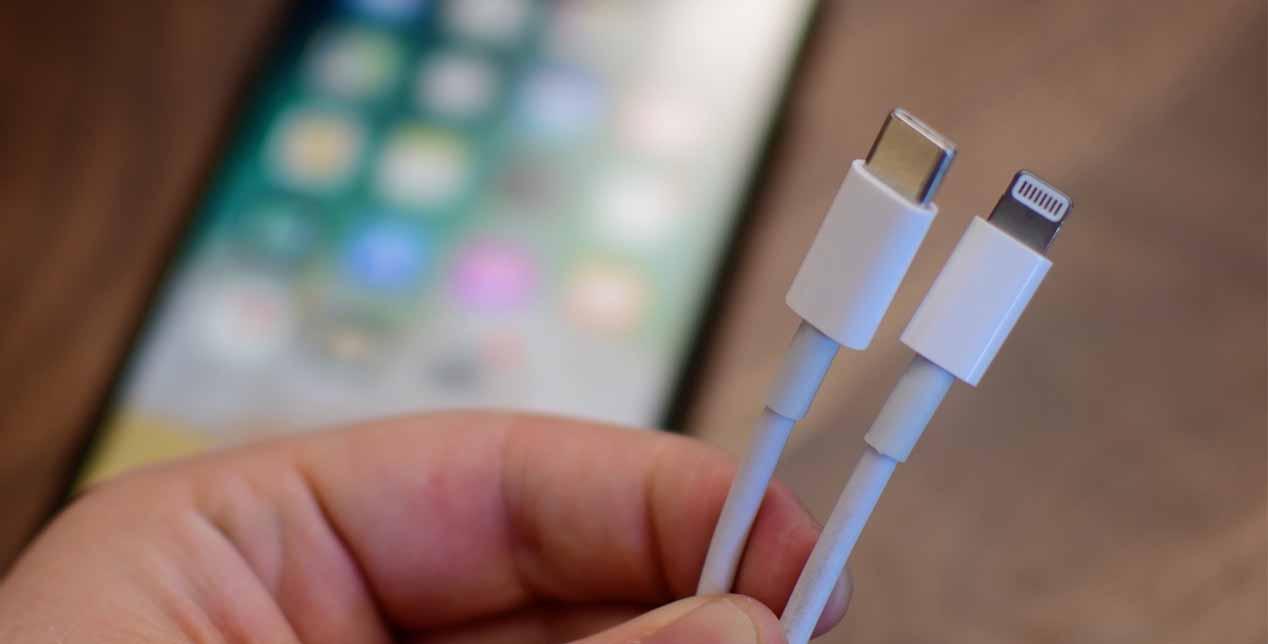
A person can work with a doctor or a genetics professional to understand the benefits and risks of the genetic tests they need. A person can also use these tests to find out more about their genetic ancestry, learn where their ancestors may have lived, and build their family tree. A person can add on a 3-month Ancestry subscription to their DNA testing kit for just $1 extra, so they can look at genealogy records and build a family tree.
AncestryDNA Traits
It should be noted that Ancestry participates in biomedical research with both for-profit and nonprofit groups. It shares anonymized data with customers’ explicit consent only, which you permit or refuse when you first send in your DNA. You should read the fine print before committing to sharing your data, and opt in or out accordingly.

The ancestry of European descendants can be determined with greater detail than people from other continents . The reason lies in the size of the reference database—i.e., DNA data from Europeans have been collected more widely and for longer. What’s more, many of the initial customers of these DNA testing kit companies were of European origin, further increasing that reference data. However, with such personal data—your literal DNA—being sent to these companies, there come privacy concerns and the fear that this information could be misused or sold.
The probability of the traits 23andMe suggested I might have were way off—for example, it suggested a 10% chance of me being blond, and I’m very much blond. Plus, 23andMe made no attempt to connect those traits to my heritage like AncestryDNA did. The most well-known DNA data breach happened in 2019 with DNA-testing firm Veritas Genetics, so other DNA companies could be targets for hacks in the future. As the child of an adopted father, I felt like there was a huge gap in my knowledge of my heritage, which is why I first became fascinated with at-home DNA tests. Positive reviews mention that the kits are easy to use, and the process is quick. Negative reviews say the 23andMe Ancestry + Health test results were not as insightful as customers were hoping.
At-home DNA tests can be an affordable and easy way to find out more about yourself. Whether you’re interested in learning about your ancestry, want to screen for genetic diseases, or are just curious about your DNA, there’s an at-home test for you. If you're the family-tree manager for the family and want to track DNA results for other family members, you can do so. In some cases, you may have to create a separate account for each kit that you're managing. You can also share your results as well with other members and connect family trees.
Ancestry runs regular promotions that reduce the cost of their DNA testing kits. Negative reviews mention inaccurate results, particularly for people of Asian descent. Negative reviews also mentioned poor customer service regarding complaints. A person does not need a doctor’s recommendation to get an at-home DNA test kit, and they are widely available to order online. Verywell Health uses only high-quality sources, including peer-reviewed studies, to support the facts within our articles. Read our editorial process to learn more about how we fact-check and keep our content accurate, reliable, and trustworthy.
Courts will not accept test-results where DNA was collected at home because the identity of the participants cannot be verified. If you think you may ever need results for legal reasons , then it may be a better choice than at-home testing. The DNA scientist puts the extracted DNA into a special solution containing primers. Like toner in a biological copy machine, primers find and make copies of the DNA sample-just those specific regions that we need for a paternity test. An at-home DNA test cannot prove whether a person will develop a particular disease.
About Choice DNA
FamilyTreeDNA offers additional tests for Y-DNA that only those with XY chromosomes can take, and mtDNA that either sex can take for $159 each . These provide more depth about your parentage, potential migration patterns, and more specific DNA match relationships. With so much information to sift through, 23andMe felt easy to navigate.

FBI agents tracked down Meyer to Washington, and obtained DNA samples from the door handle of his truck. The complaint says the samples matched those obtained from Rolf's body during an autopsy. Amy is a freelance writer and editor who covers health, fitness, outdoors, and travel.



